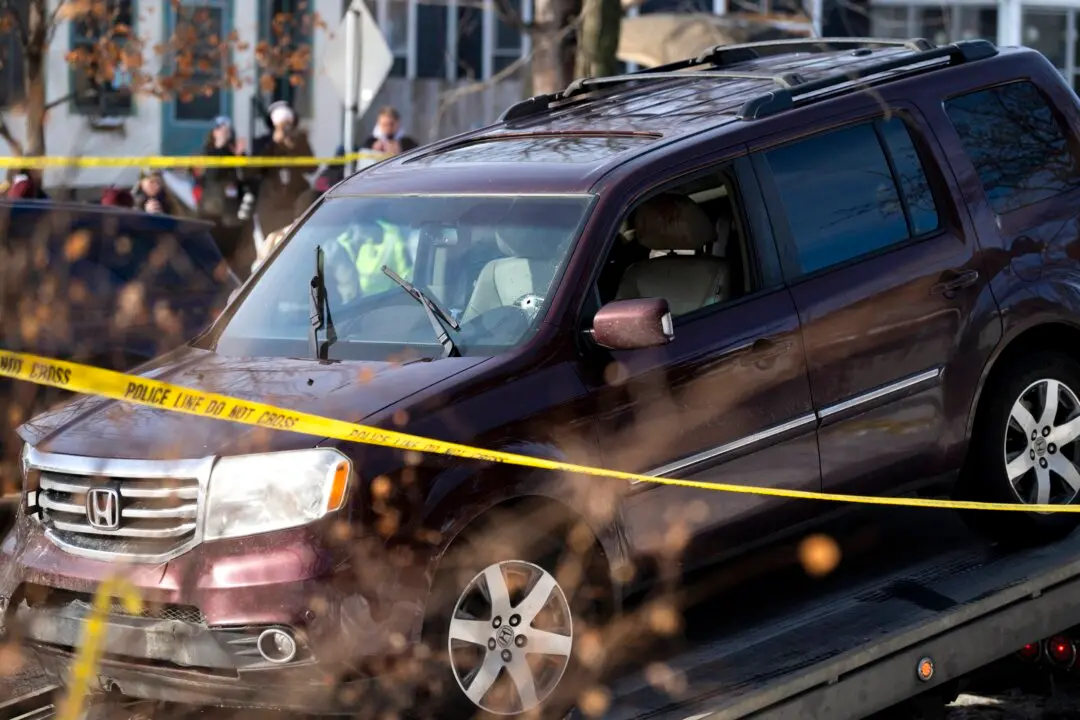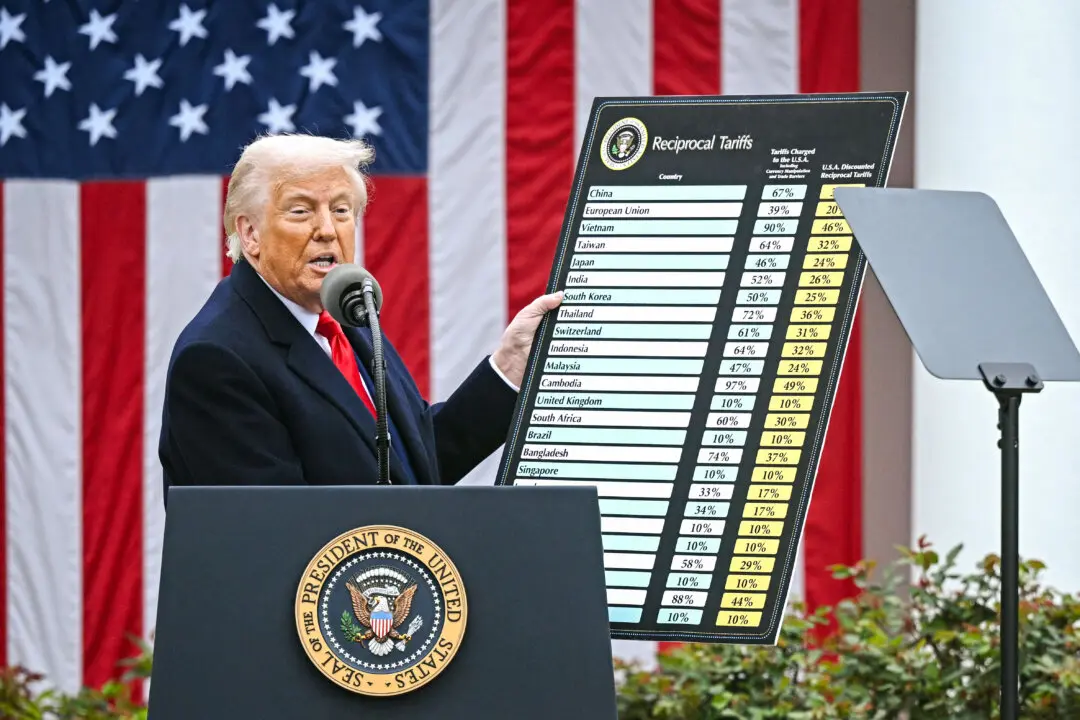In a few months, it will be the 100th anniversary of the communist Bolshevik Revolution in Russia—and it’s worth revisiting one incident that occurred decades later in communist-ruled China during the Cultural Revolution.
On one night in 1966, right after the Cultural Revolution was launched, gangs of communist Red Guards armed with clubs and other crude implements beat and strangled to death hundreds villagers just outside of Beijing. The Cultural Revolution, lasting from 1966 until 1976—when then-leader Mao Zedong died—claimed the lives of millions of people through mass murders and, according to Hu Yaobang, the former general party secretary, “Nearly 100 million people were implicated, which was one tenth of the Chinese population.”





